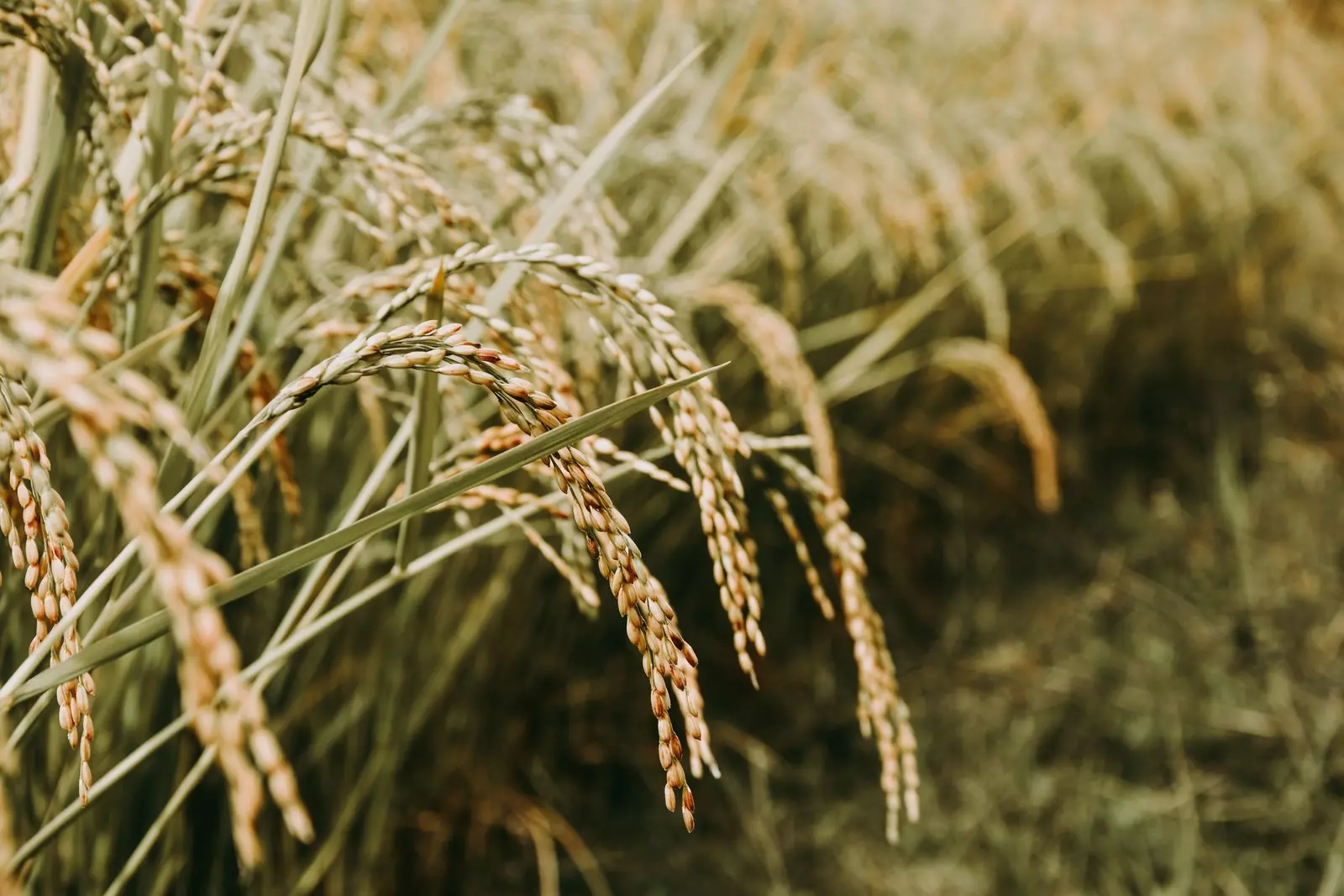Record temperatures are driving food prices higher. Here are some of the crops facing the biggest impacts. What’s in your regular shopping basket? What are the foods you can’t live without? And what are your occasional treats?
Whatever they are, it’s pretty likely you’ve noticed a change in their price over recent months—some more than others. Shortages and supply issues caused by events including the pandemic and war in Ukraine have been felt through food price inflation for some time now. But for some foods, a more recent event is making itself felt: record high temperatures.
Record temperatures are driving food prices higher
It’s entirely normal for food prices to fluctuate along with the seasons, but the exceptionally hot and dry summer being experienced from Europe to the US, Asia, and beyond has caused poor harvests and many crops to fail.
The climate crisis is making extreme weather—from heatwaves and droughts to storms and floods—more common, and some crops are more susceptible to these changes than others.
Here are three examples of foods where we are already seeing an impact.
1. Olive oil
A long, hot, dry summer in much of the Mediterranean has damaged olive trees and caused a poor crop because reduced soil moisture has stunted plants and crops during their crucial growing season. As a result, the price of olive oil has soared to an all-time high. Stock piles are already significantly lower than previous years and are likely to run very low before we reach the next harvest.
Between April 2022 and May 2023, average temperatures were up to 2.5°C (and sometimes 4°C) higher than average in countries including Spain, which is one of the world’s most significant producers of olive oil. This has combined with persistently low rainfall for more than a year to create a severe drought. In Andalusia, in southern Spain, water reservoirs are down to about 25% of their capacity.
Read more at weforum.org


Leave a Reply